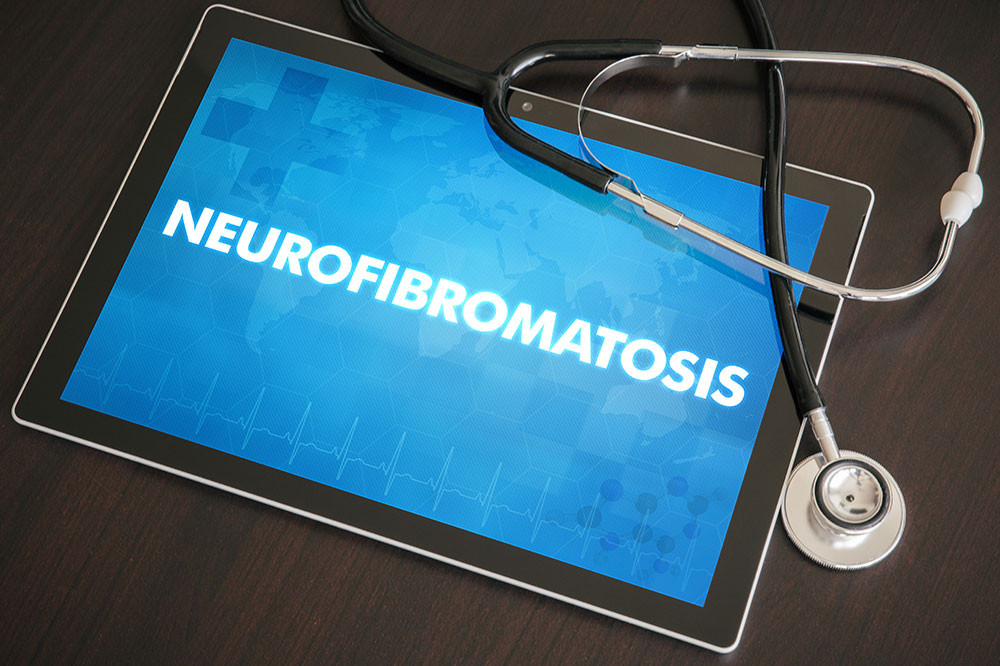Effective Treatment Strategies for Neurofibromatosis Patients
This article provides a comprehensive overview of treatment options for neurofibromatosis, including medication, surgery, and advanced therapies. It highlights FDA-approved drugs, pain management strategies, surgical procedures, and innovative implant solutions to improve patient quality of life. Emphasizing the importance of early diagnosis and professional guidance, the content aims to inform patients and caregivers about effective management of this genetic disorder.

Effective Treatment Strategies for Neurofibromatosis Patients
Neurofibromatosis is a hereditary condition affecting the nervous system, characterized by tumors developing along nerve tissues. There are two primary types: Neurofibromatosis type 1 (NF1), the more prevalent variation, and Neurofibromatosis type 2 (NF2), each with distinct symptoms. Consequently, treatment approaches differ accordingly. Here are some of the most recommended therapies.
KOSELUGO® (selumetinib)
The FDA-approved medication KOSELUGO® (selumetinib) is primarily used to treat children with plexiform neurofibroma. Research is ongoing to develop similar treatments for adults and children alike.
Pain Management Medications
For conditions like Schwannomatosis—characterized by tumor formation—doctors may prescribe specific drugs to alleviate pain.
The medications used include:
Amitriptyline, a tricyclic antidepressant
Gabalentin or pregabalin for nerve pain relief
Anti-epileptic drugs such as topiramate or carbamazepine
Duloxetine, an SNRI that manages pain through neurotransmitter reuptake inhibition
Surgical Procedures for Tumor Removal
NF2 patients experiencing brainstem compression or tumor growth may undergo surgery to remove growths like acoustic neuromas, which can lead to hearing loss and tissue damage.
Complete removal of schwannomas in Schwannomatosis patients can substantially reduce pain symptoms.
Stereotactic Radiosurgery
This non-invasive procedure uses targeted radiation to treat tumors in NF2 patients, often preserving hearing function better than traditional methods.
Auditory Implants
For those with hearing impairment due to NF2, cochlear and auditory brainstem implants can significantly improve hearing capabilities.
Cancer Treatments
Neurofibromatosis may be associated with malignant tumors requiring treatments like chemotherapy and radiation therapy. Early diagnosis and intervention are critical for better outcomes.
Important Reminder:
The information provided regarding symptoms, treatments, and health conditions is for educational purposes only. It should not substitute for professional medical advice. Consult licensed healthcare providers for diagnosis and treatment options tailored to individual needs.










